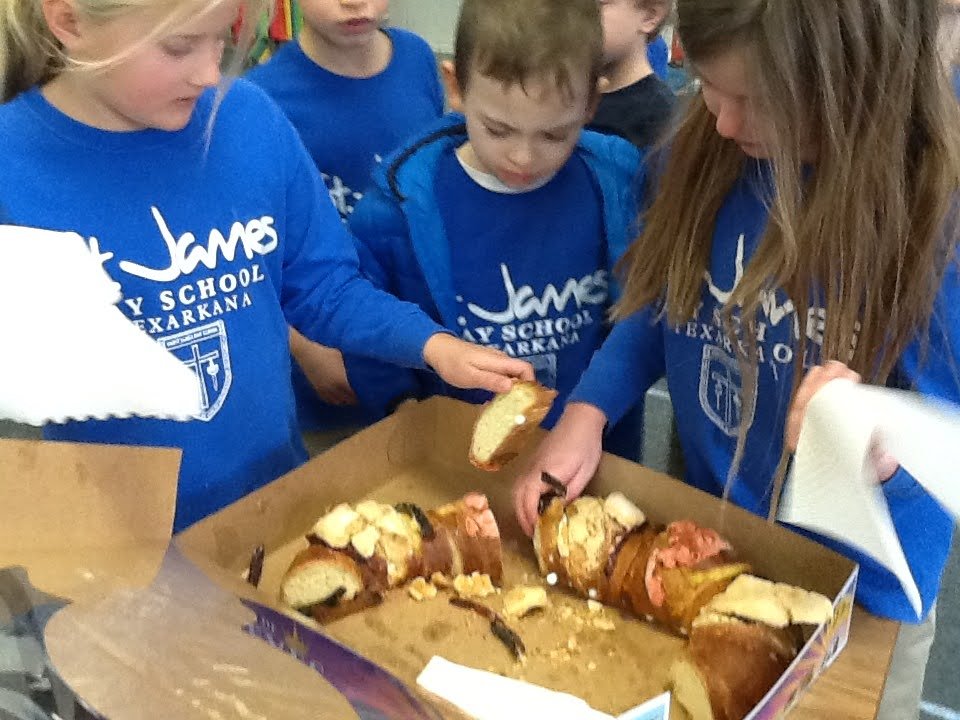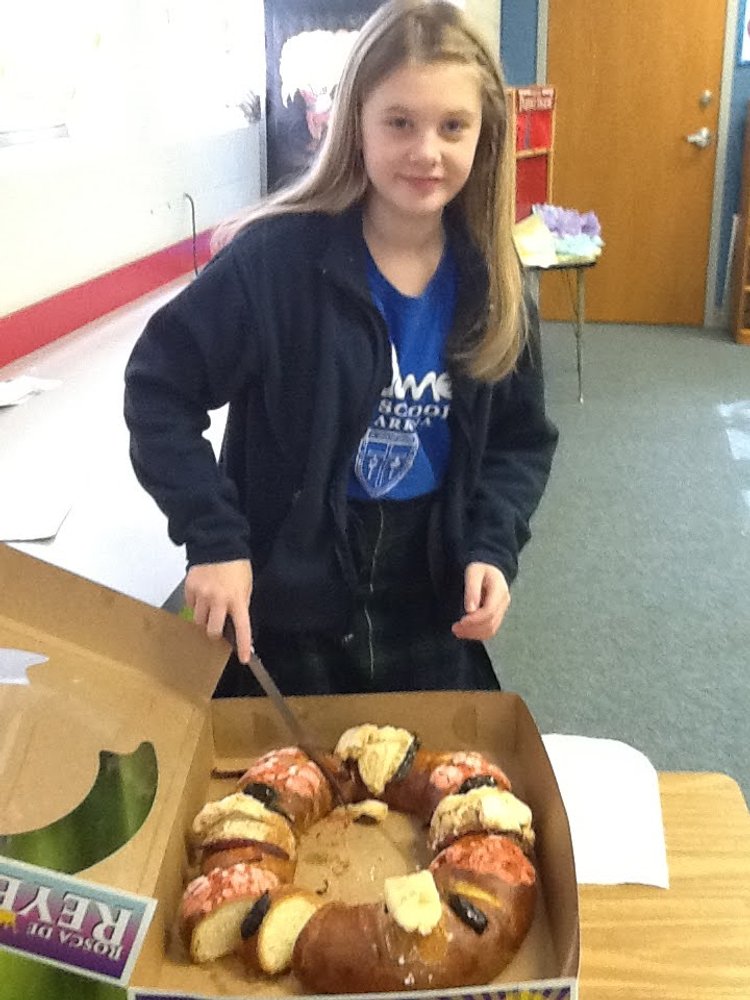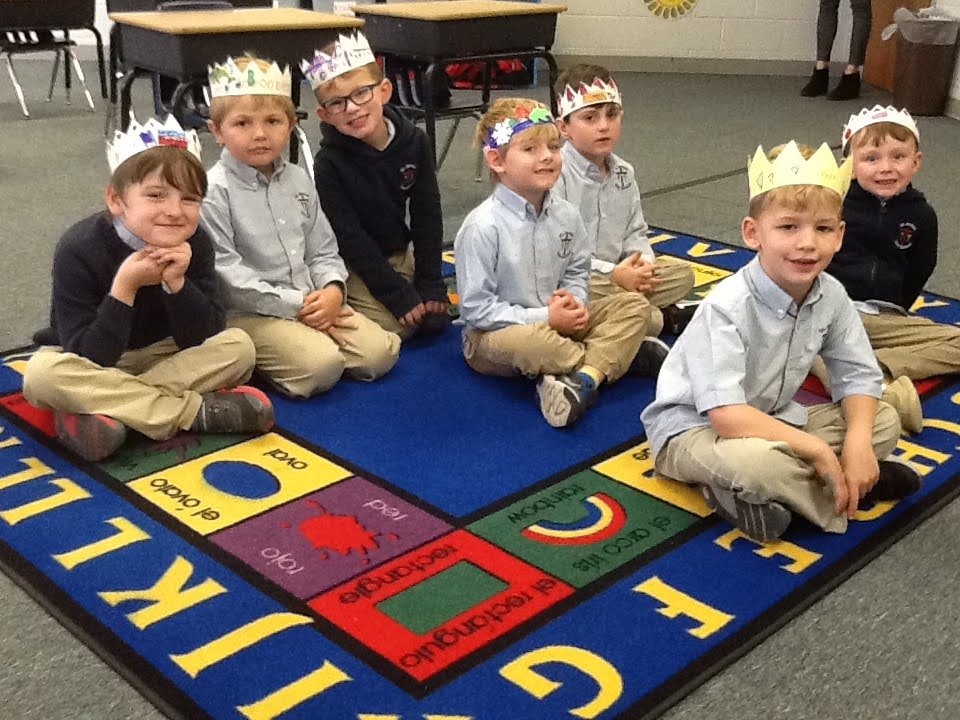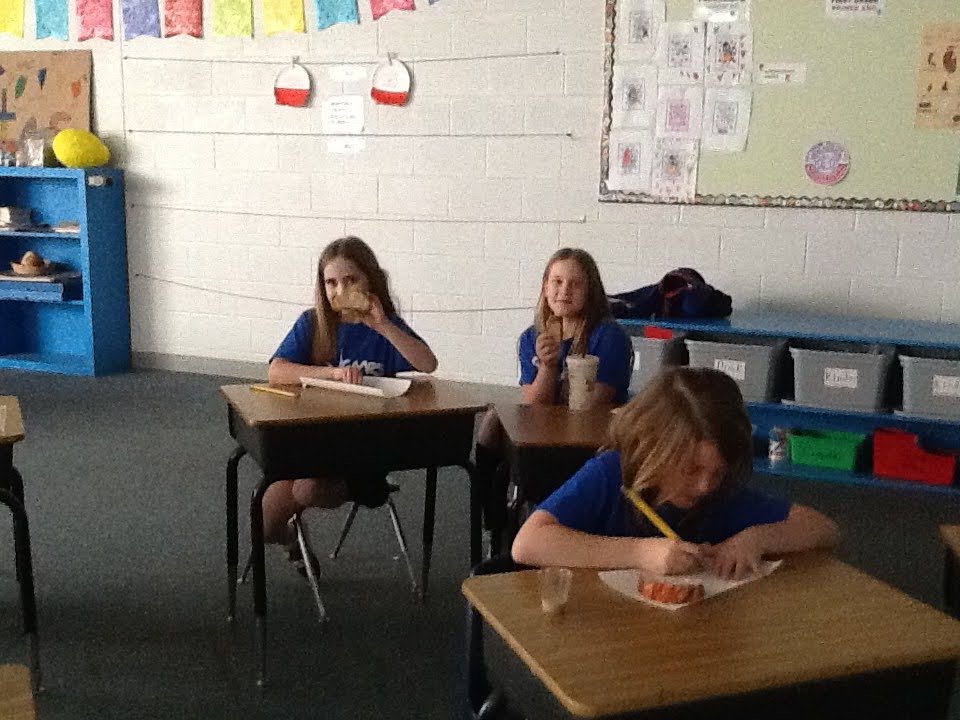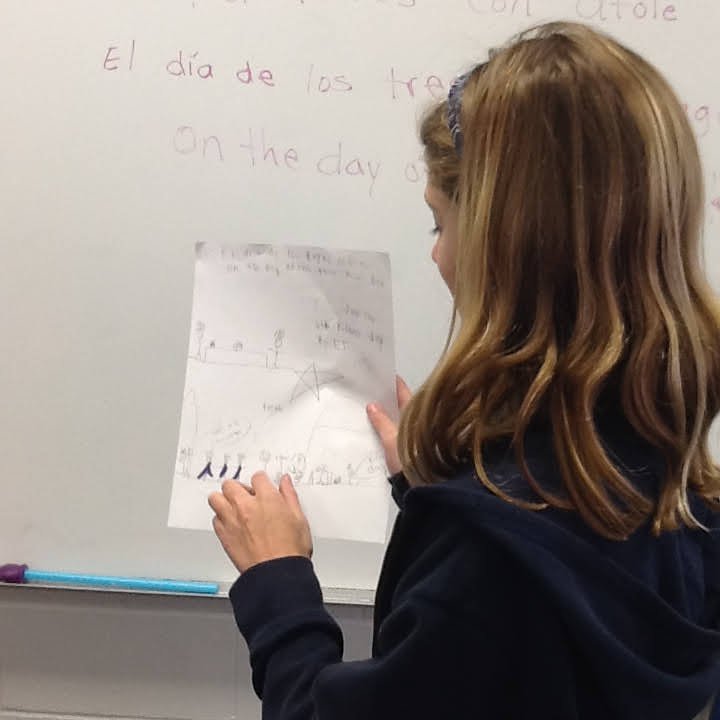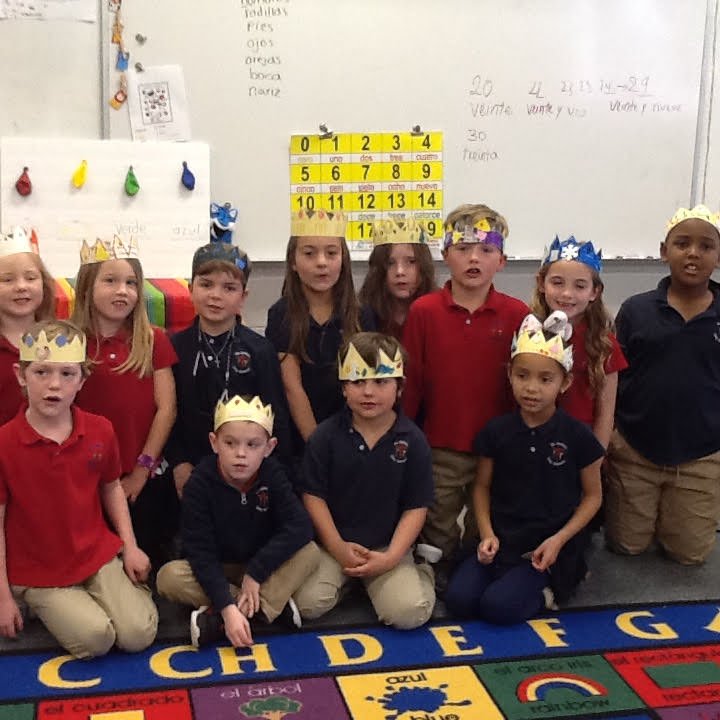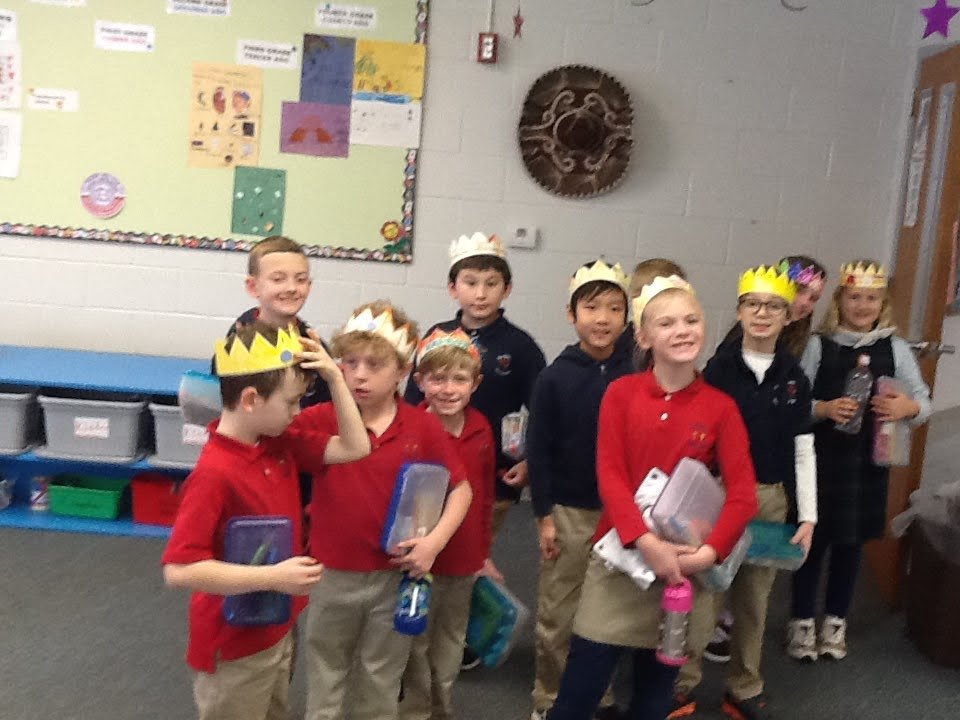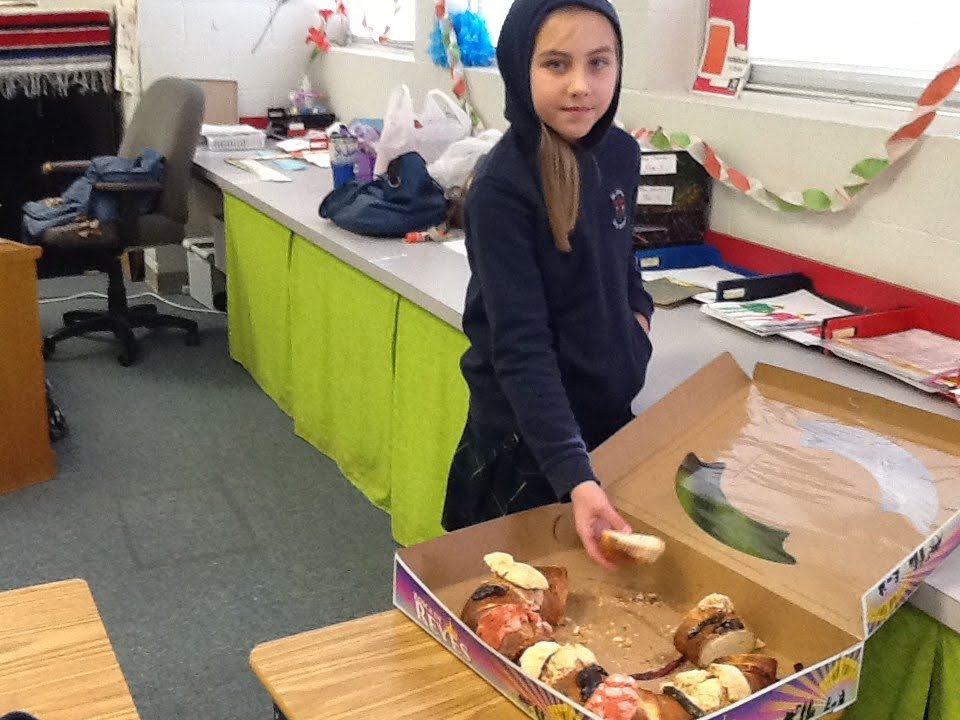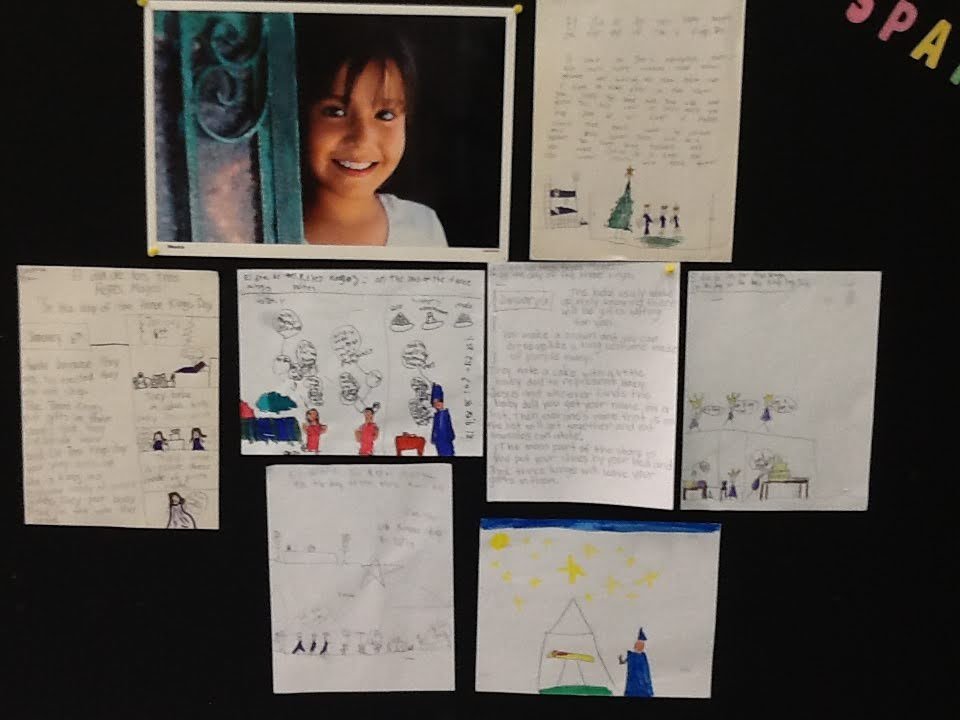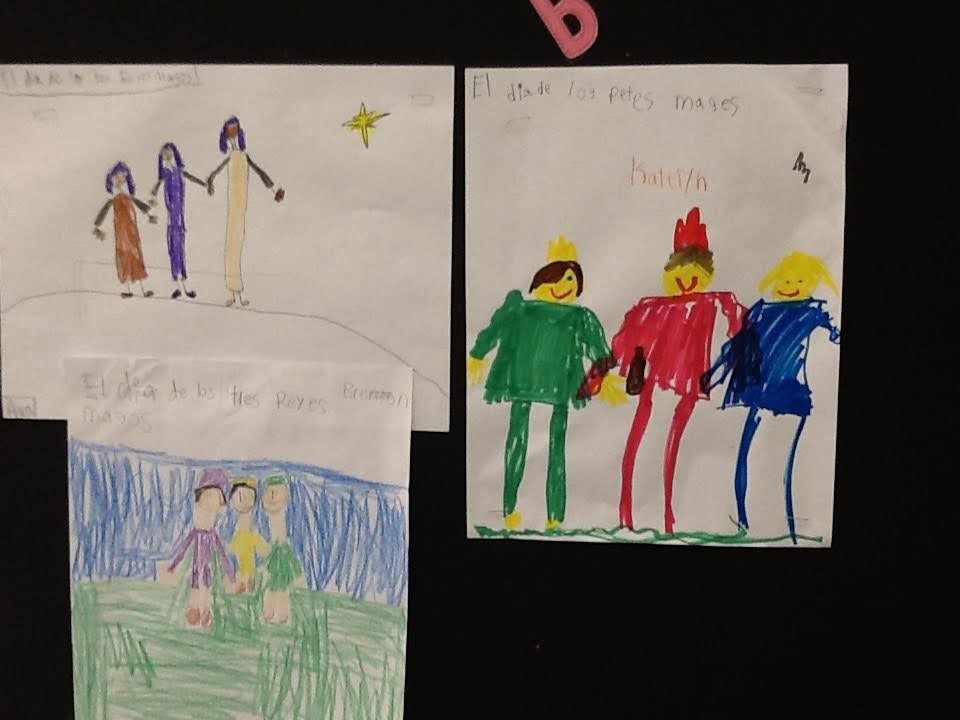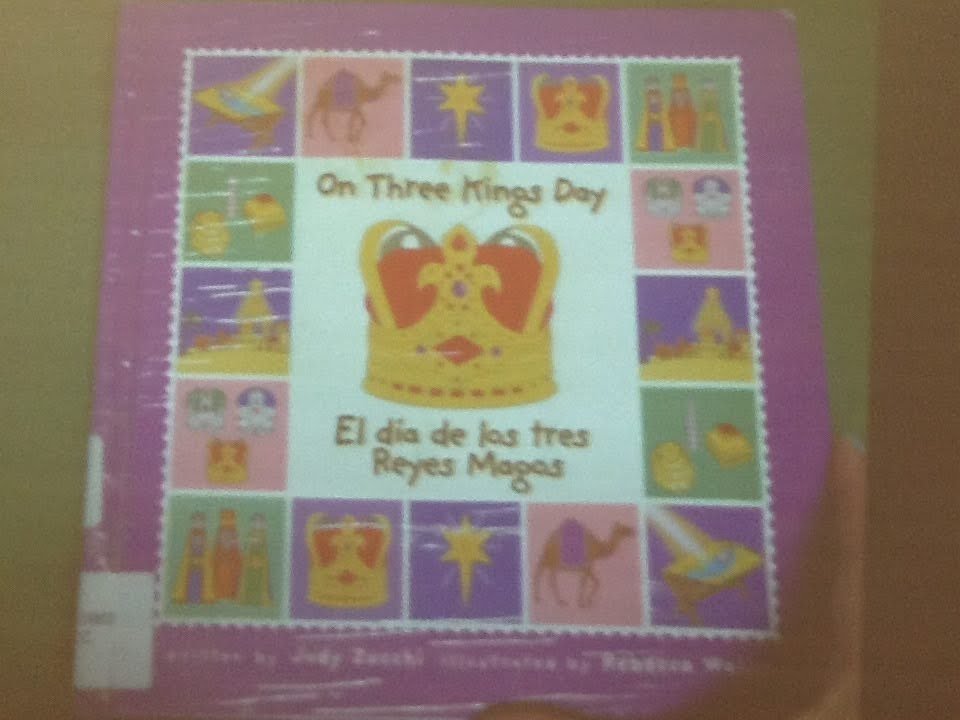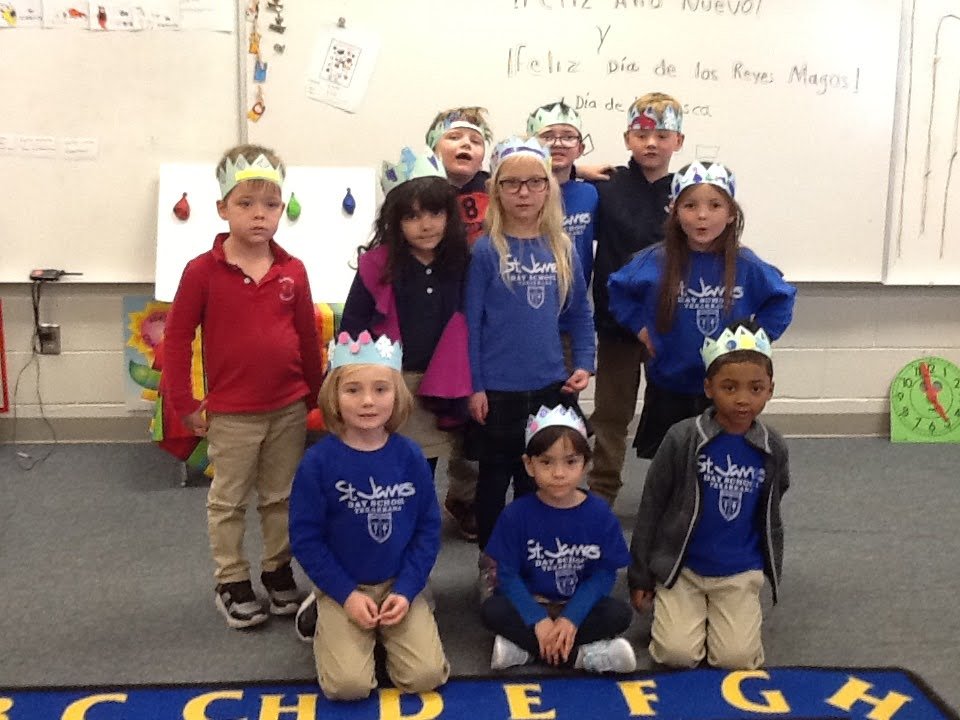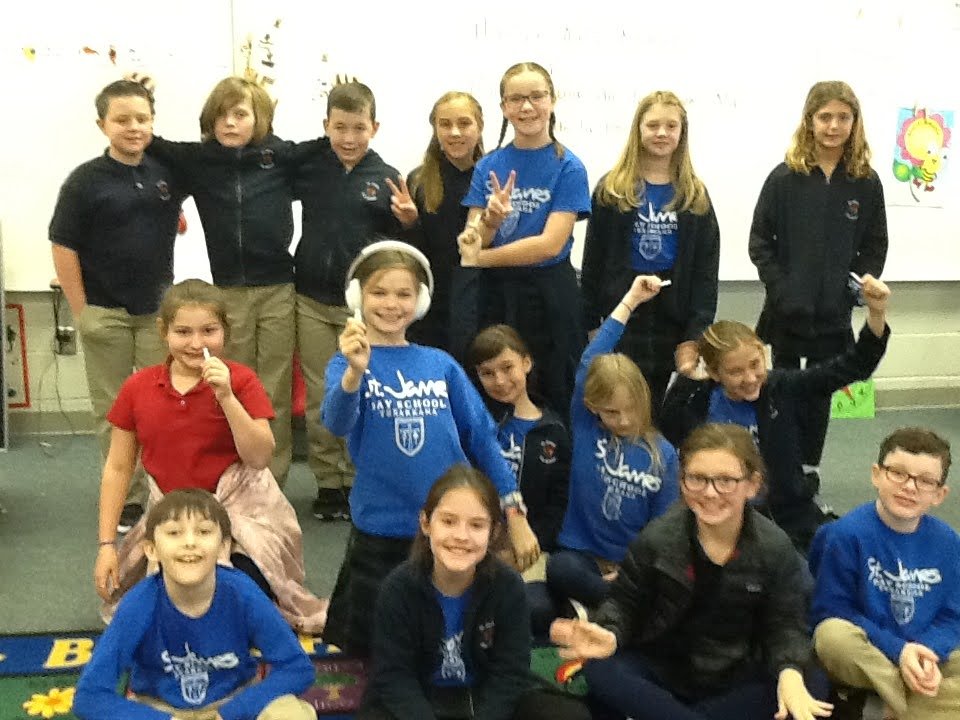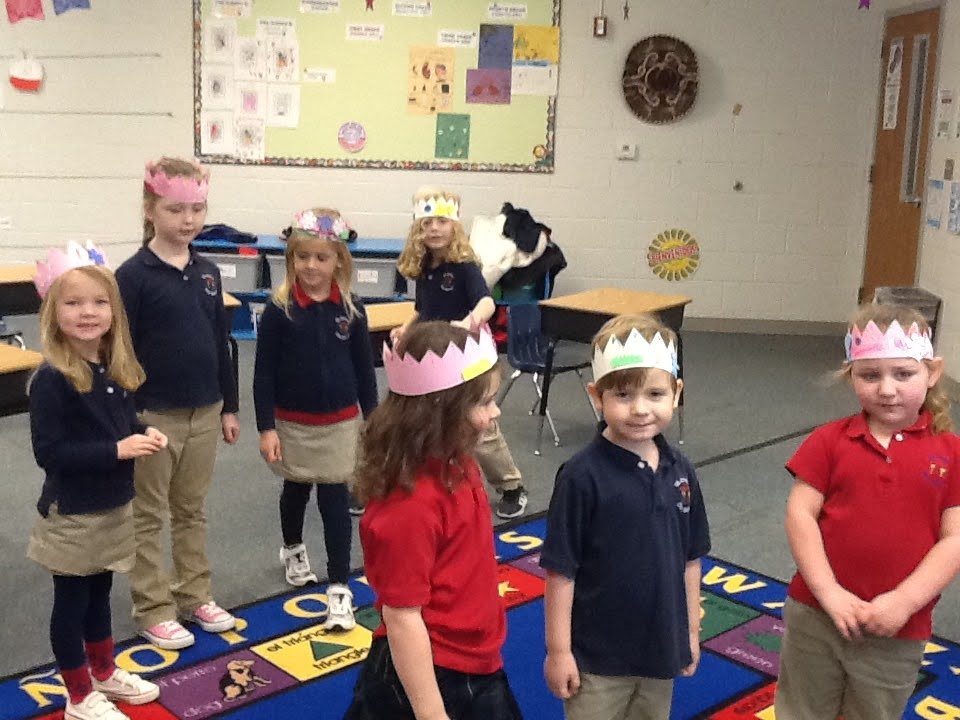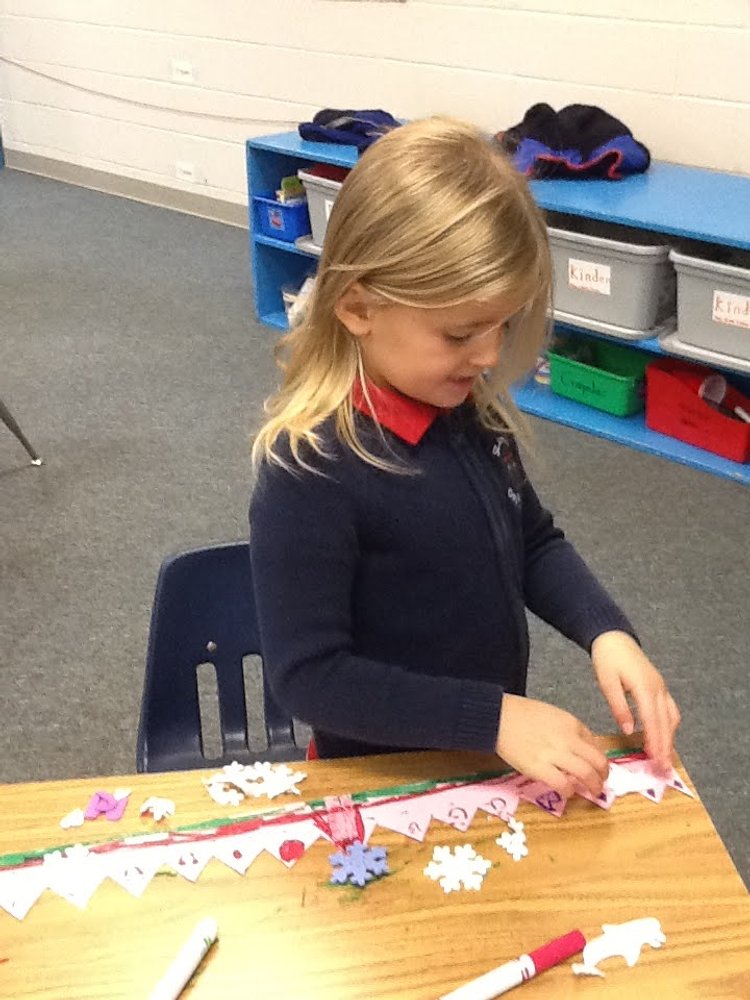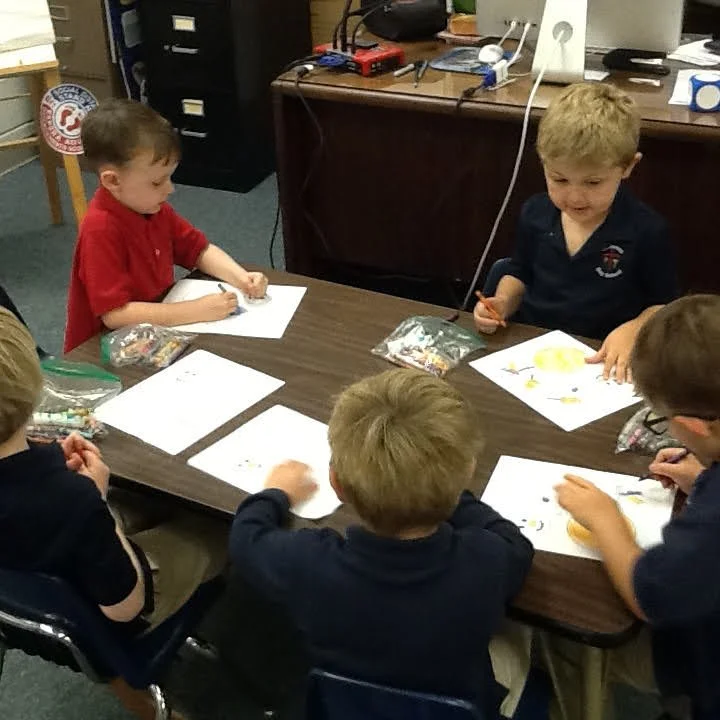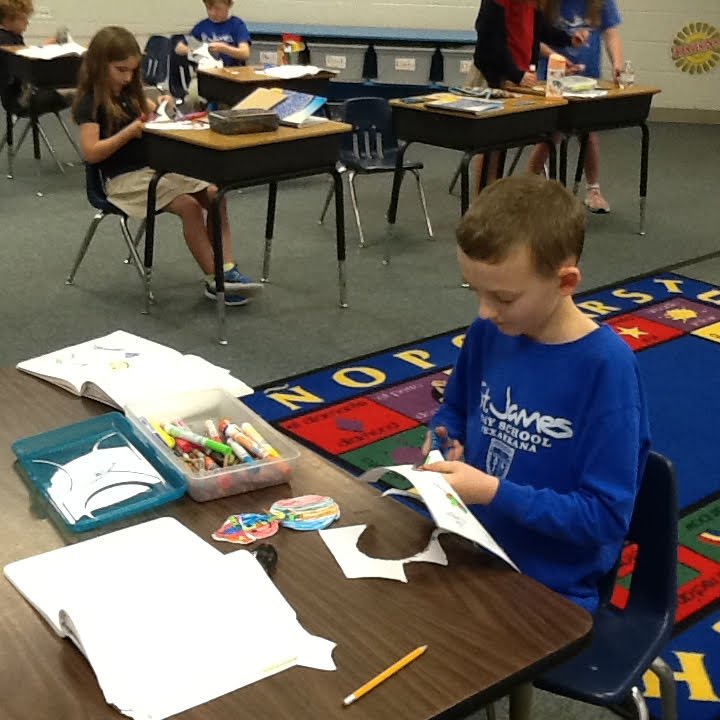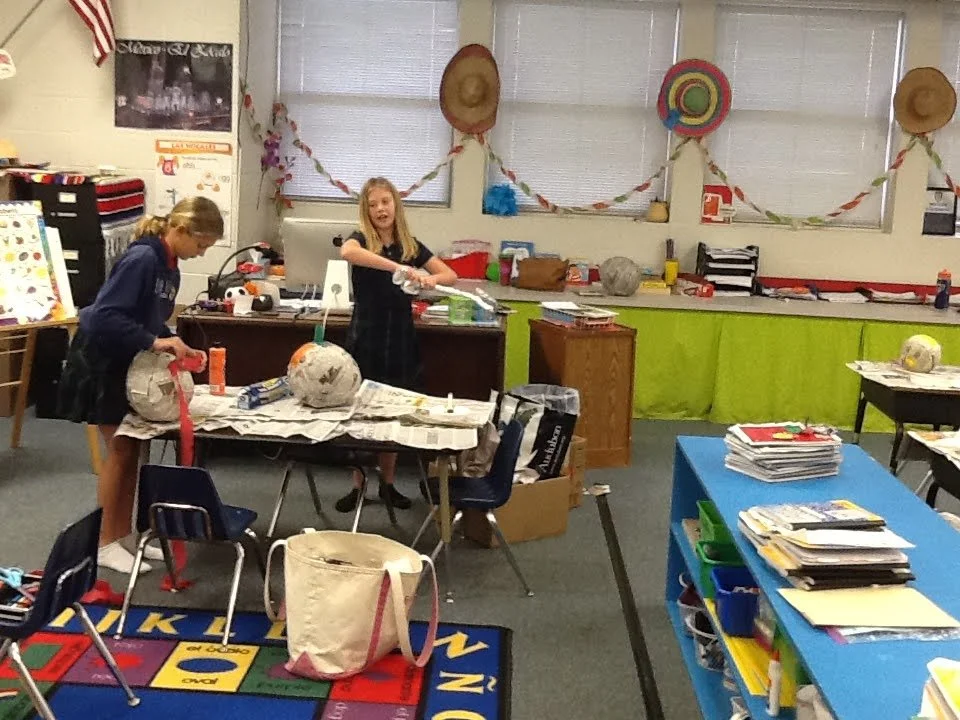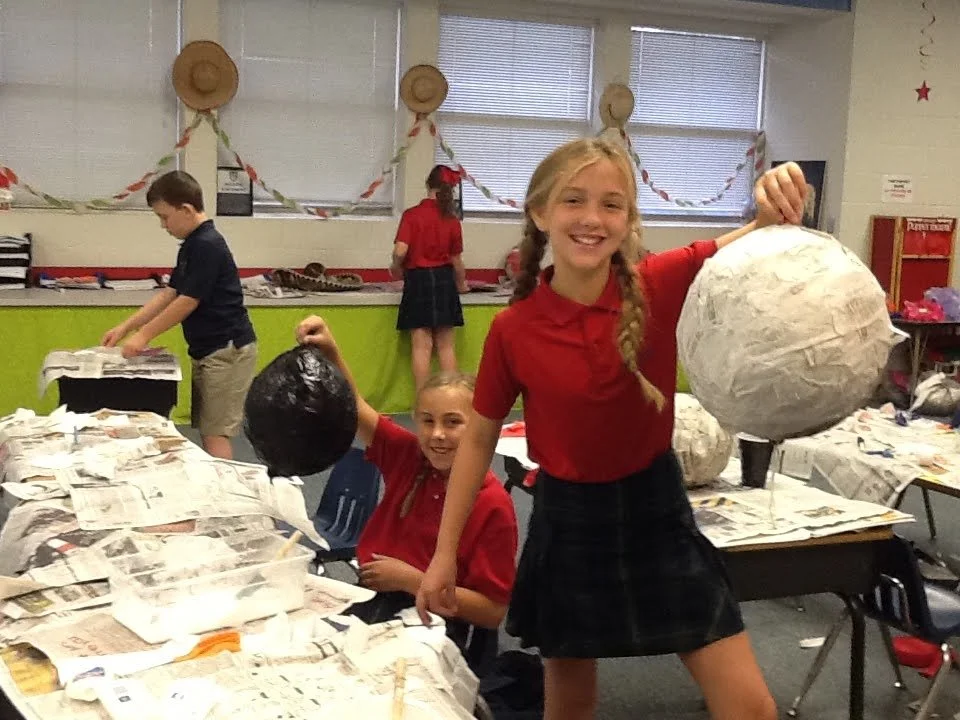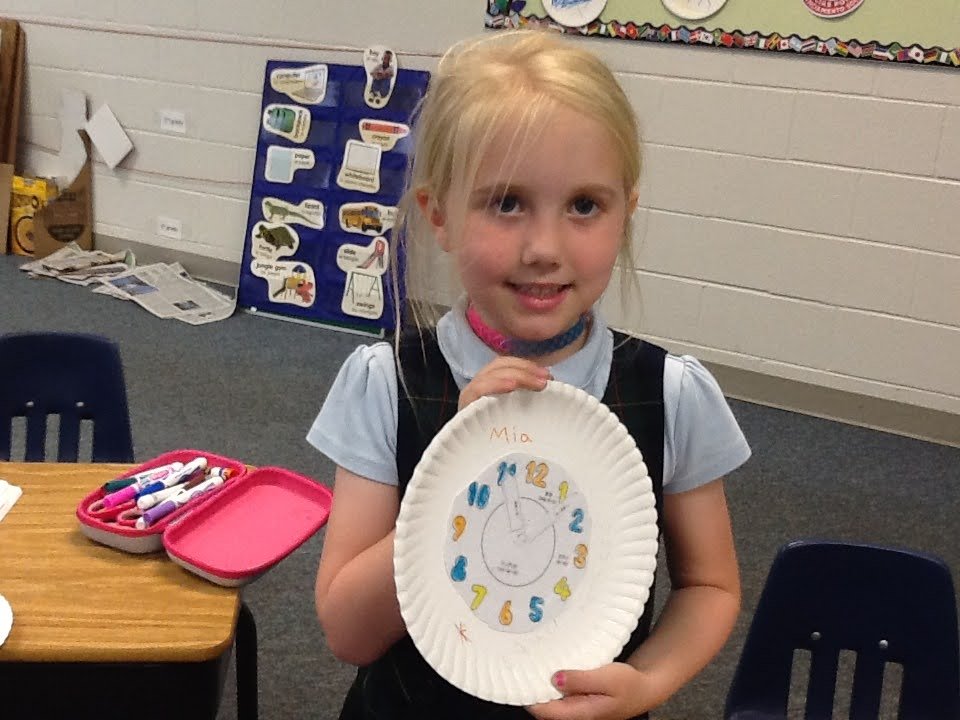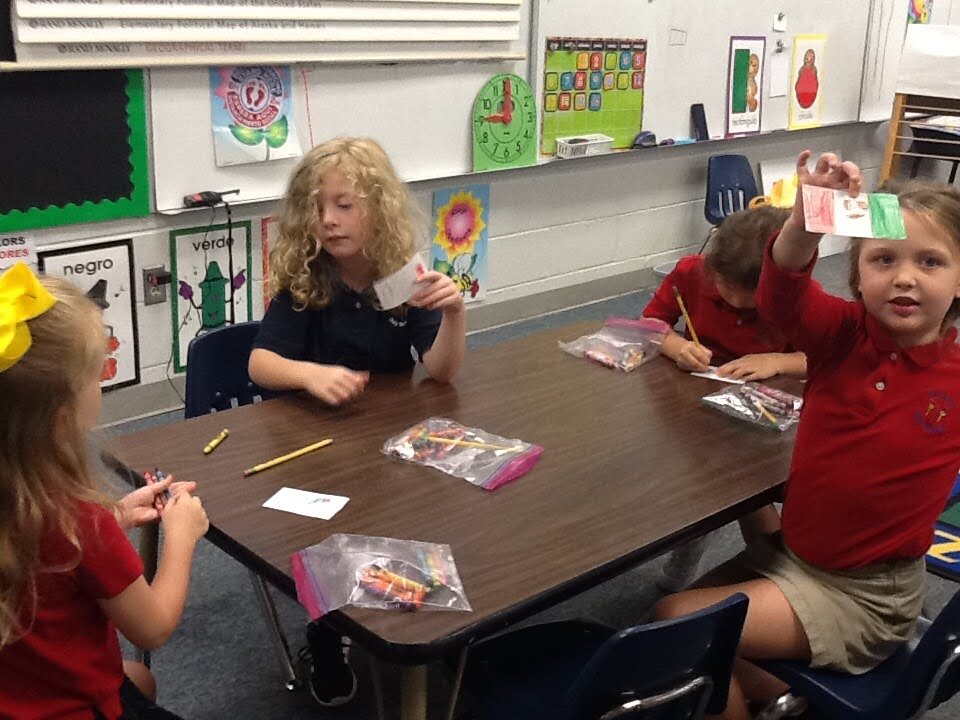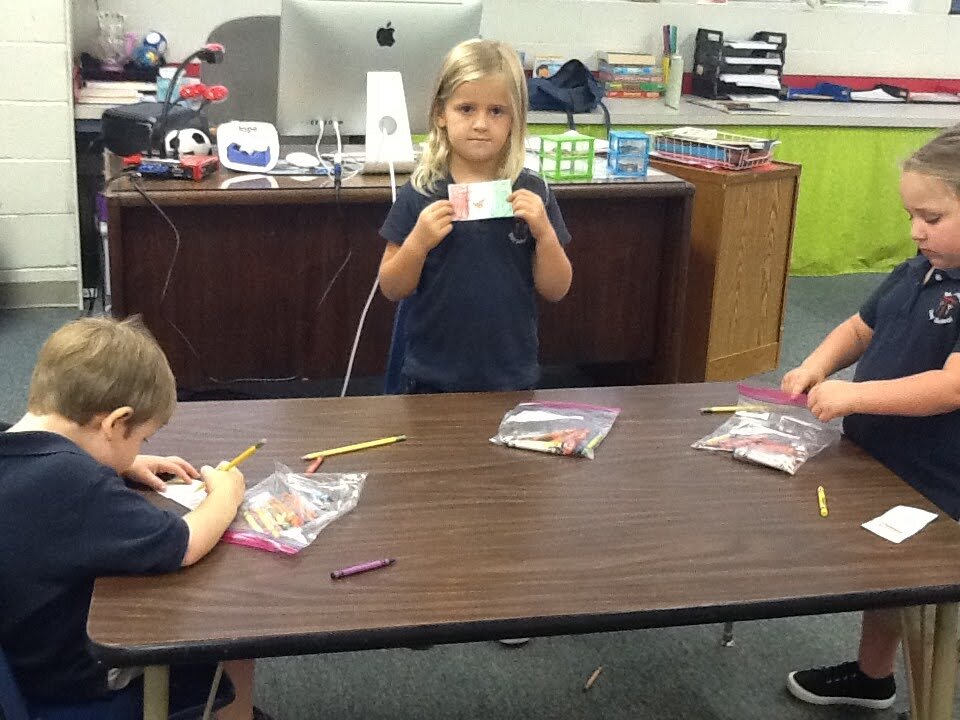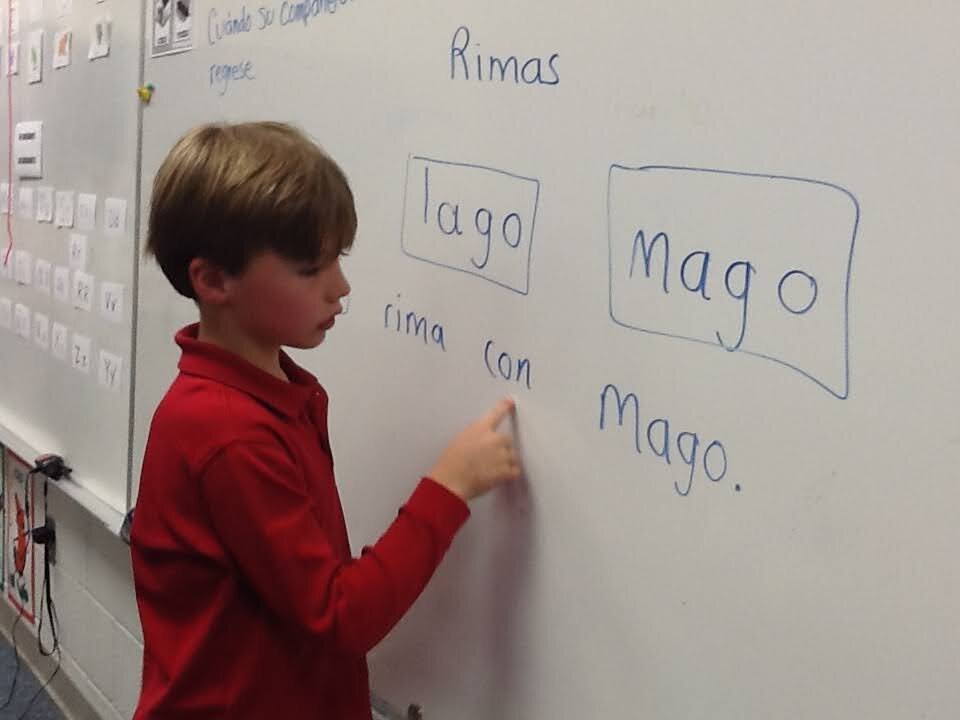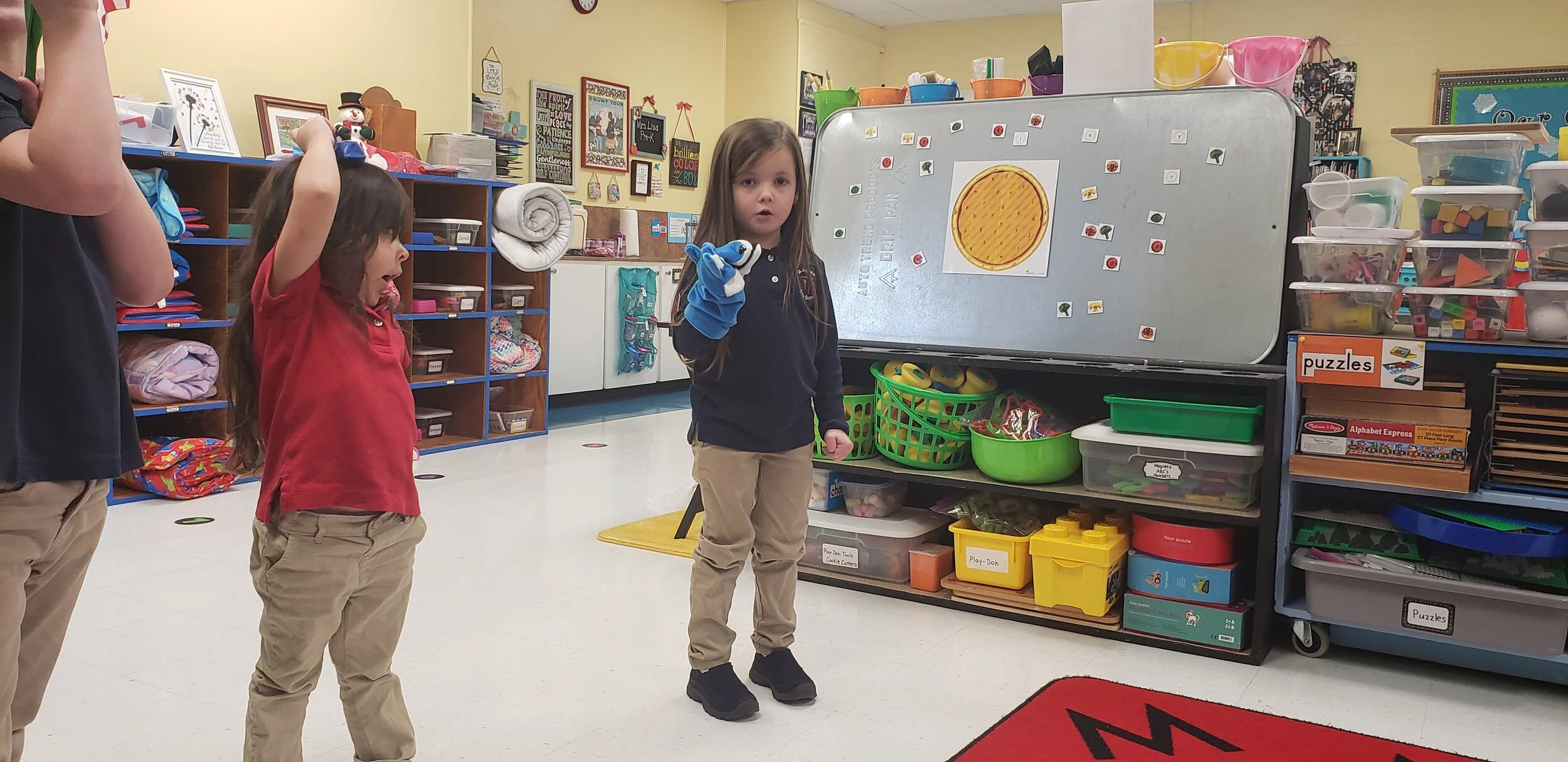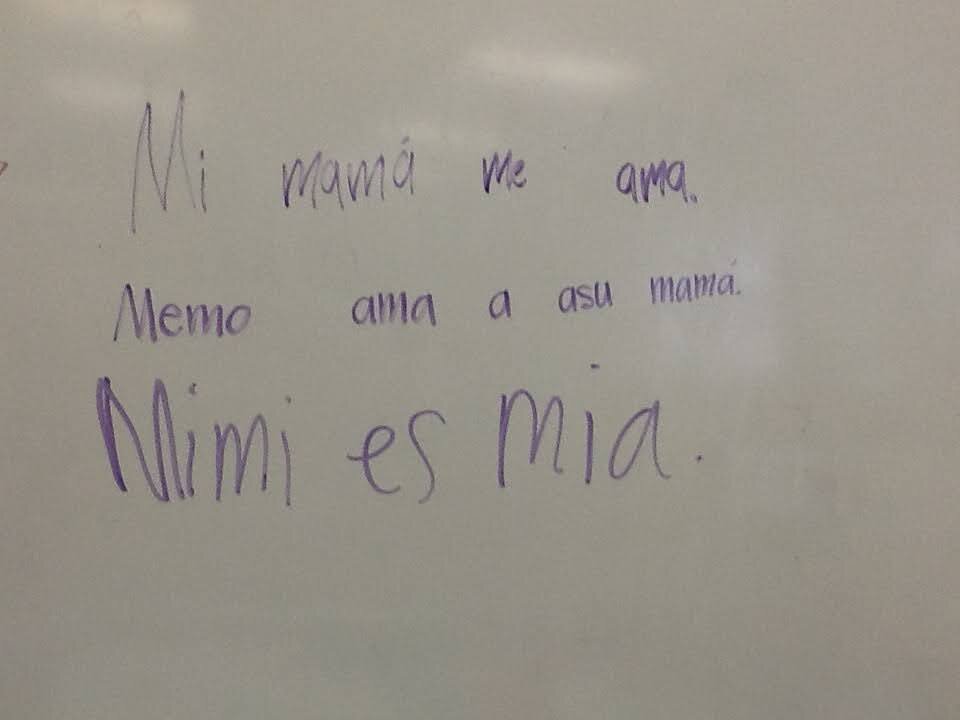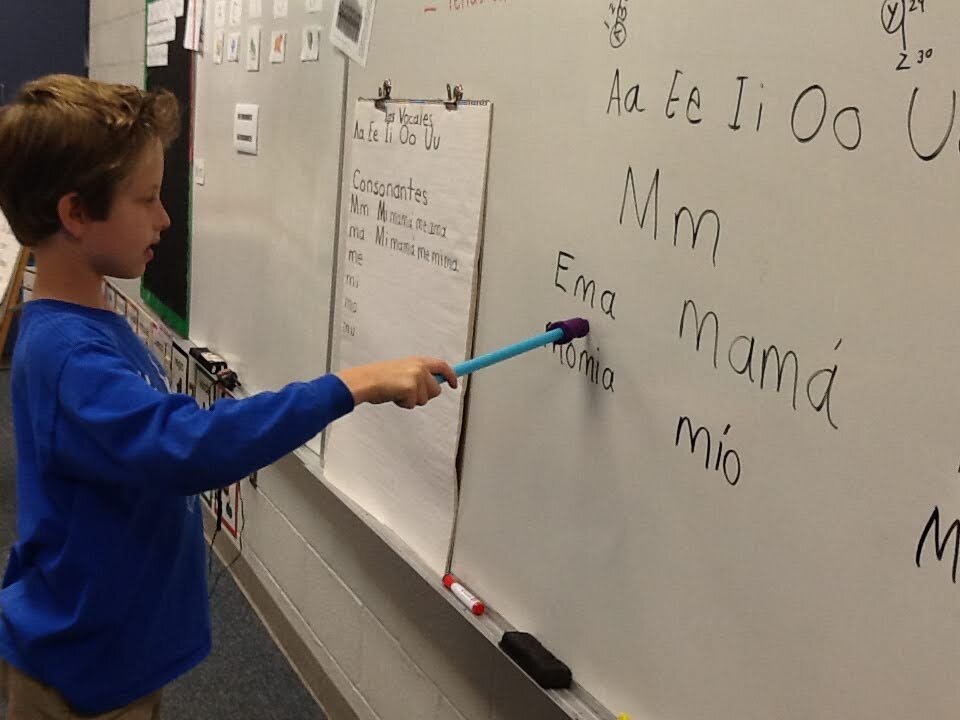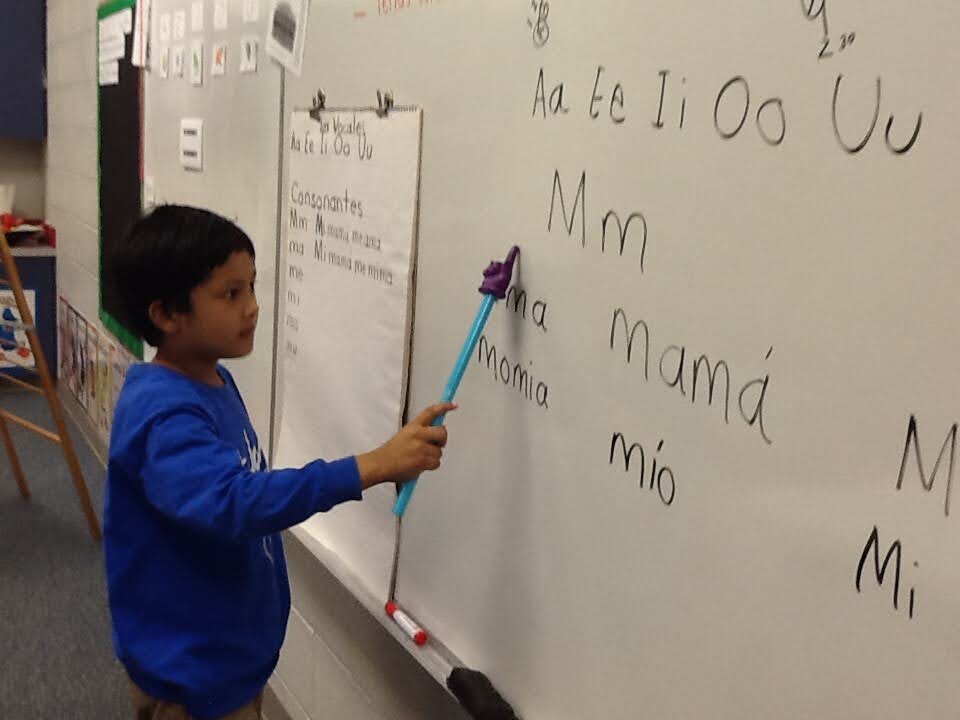Body parts
The students are learning the body parts in Spanish. Students read, write and pronounce some body parts. They had so much fun practicing and drawing the body parts that they needed a larger piece of paper. After drawing a picture of a girl and a boy, they colored in the drawings and wrote in the names of the various body parts. They also learned a song about the body parts that they sang while they were drawings. The song goes like this…
cabeza, hombros, rodillas pies, rodillas y pies
ojos, orejas, boca y nariz,
cabeza, hombros, rodillas y pies, rodillas y pies.
espalda , pecho, piernas, cuello, pelo, barba, y frente, barba y frente,
Brazos, manos, dedos, uñas, lengua dientes, cejas y pestañas, cejas y pestañas.
Even though we are still working on the pronunciation, I am sure they will do fine.















